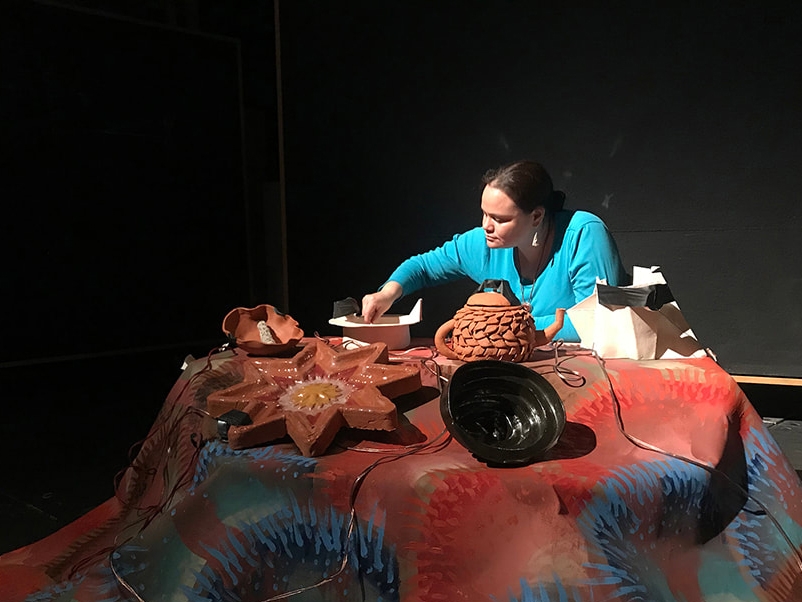
A Family Cook-Off
- 8:30 pm
- May 18, 2020
- No Comments

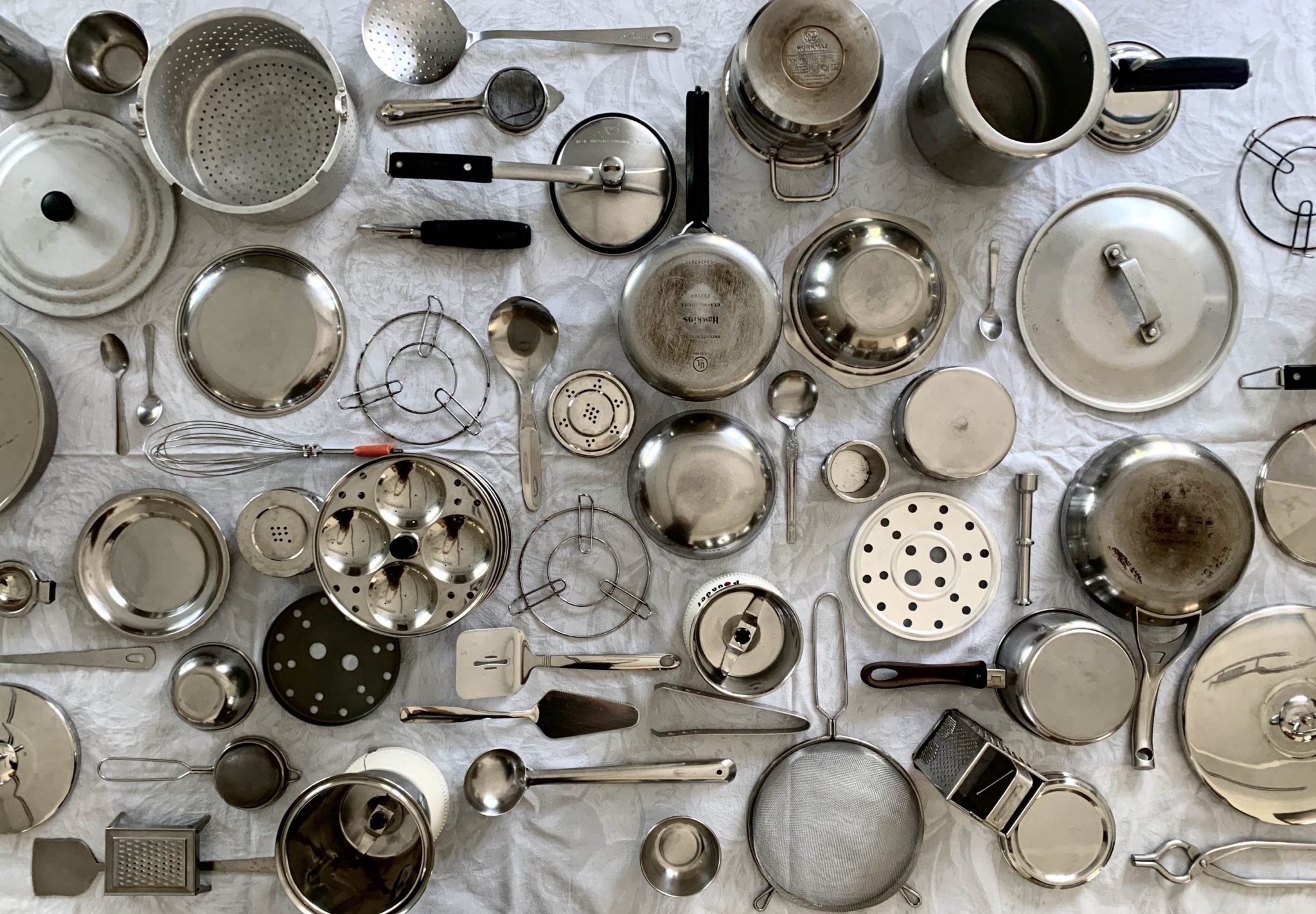
- An audio file with all the fresh sounds and flavors from my kitchen! 00:00
When cooking, we tend to rely on sight and smell. Since I was curious about focusing solely on sound for this project, I purposefully angled the camera to exclude any faces. Initially, I thought about wearing masks during the performance to indicate the lack of words being spoken. But after a trial run, I realized our tendency to focus on faces and expressions, caused the sounds and the hand movements to go unnoticed. As we previously studied, sound and movement should be paired together, hence my decision to make sure the hands were shown.
Choosing our dining table made sense, as it was where we ate most of our meals. It was also indoors, and thus the wind did not disturb the audio recording (unlike my first draft, where I had attempted to record the soundscape outdoors). The space was large and inviting, offering enough movement to occur and a large variety of “instruments” to be present.
I wanted the instruments to be set-up in a meaningful way; the almost grid-like arrangement of the utensils was my attempt to reflect the monotonous "routine" our family performs during each meal. Laying the table, bringing out the food, eating, and clearing the table. Because each task was unconsciously assigned to one family member, I thought it would be interesting to perform a piece where each person had their own voice. In similar vein, we experimented with different ways of creating 5-minute soundscapes.
In the end, we found that the most effective was when we assigned each of the 5 minutes an emotion, and performed in response to that emotion. Happy, angry, sad, elated and peaceful were the five emotions, and especially by having such opposing emotions next to one another, the sounds made are extremely different in every minute and are discernible. This is the performance shown in the video.
For the final audio clip, I spent time on Reaper, editing the sounds from the orchestra, as well as adding additional sounds collected from my kitchen. The later were more constant, offered a base to the cacophony of metal sounds produced by the utensils. Finding a nice balance which was pleasant as well as comforting to listen to was a slight challenge, but I found that adjusting the wetness and dryness of some of the audio clips helped do so.
- A reflective performance 00:00

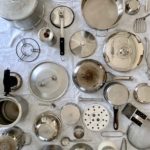
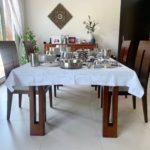
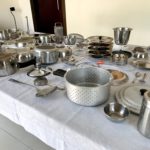
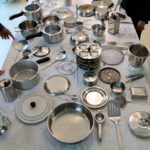
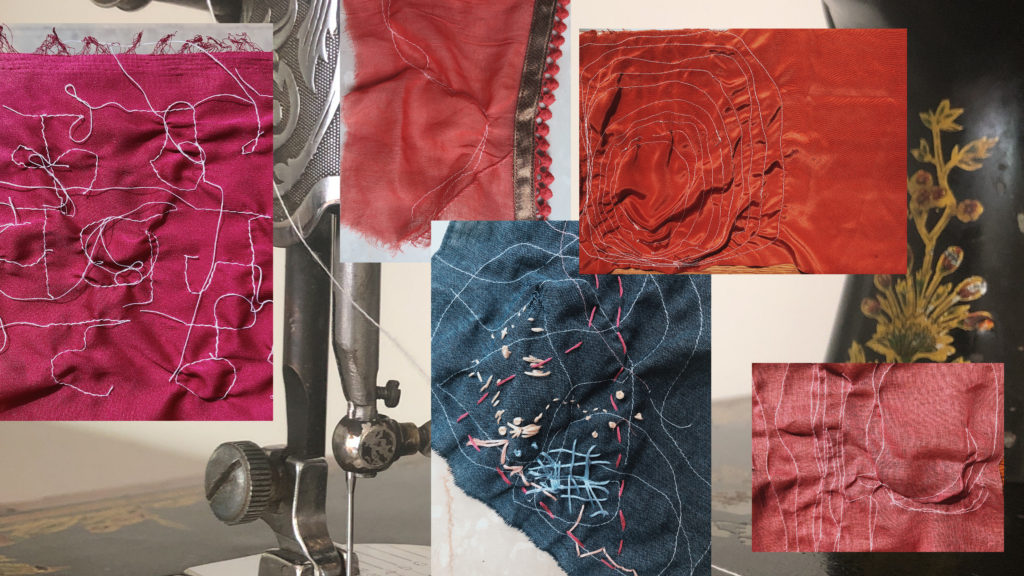
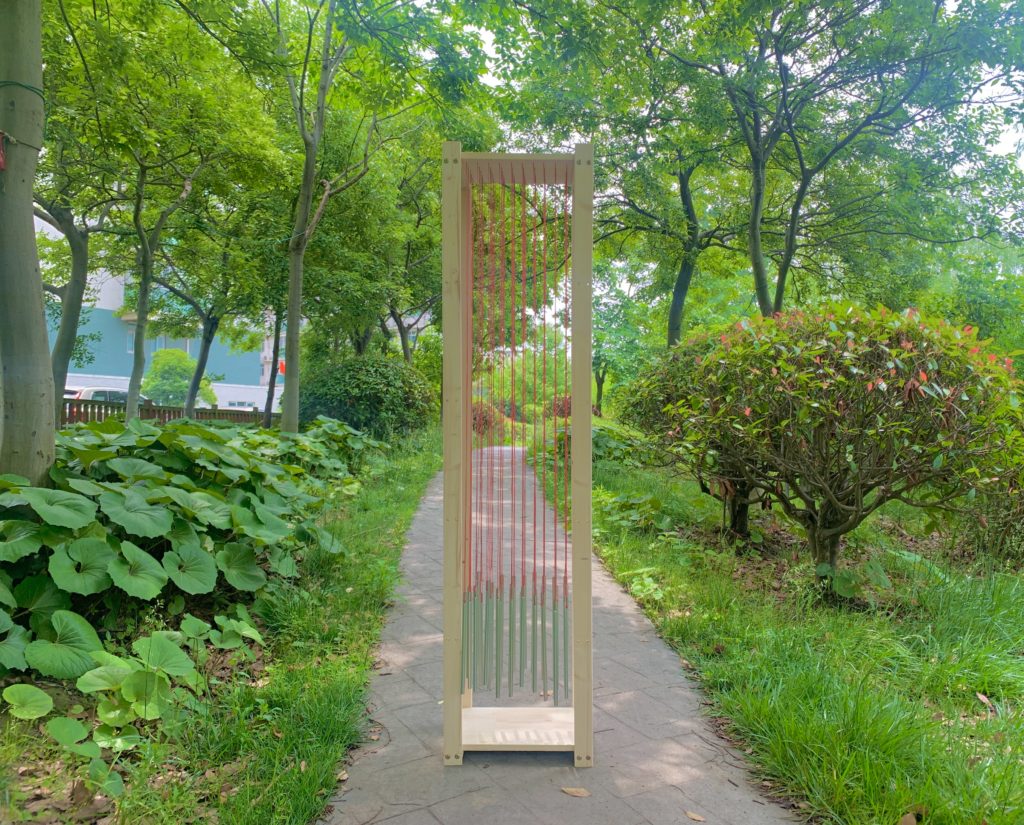
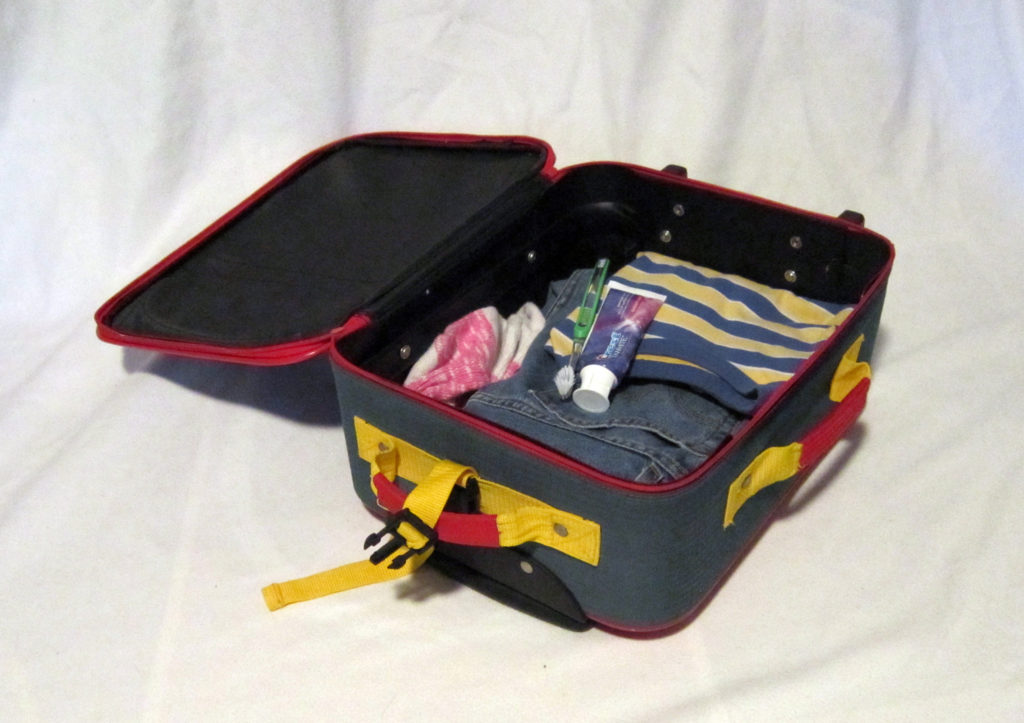
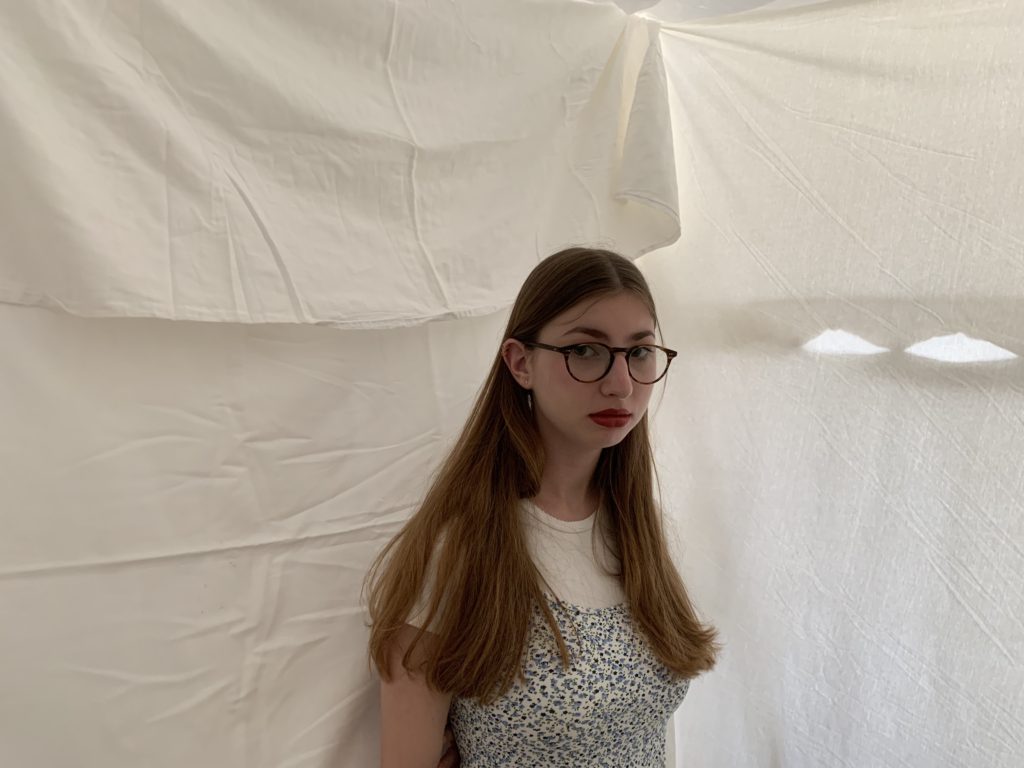
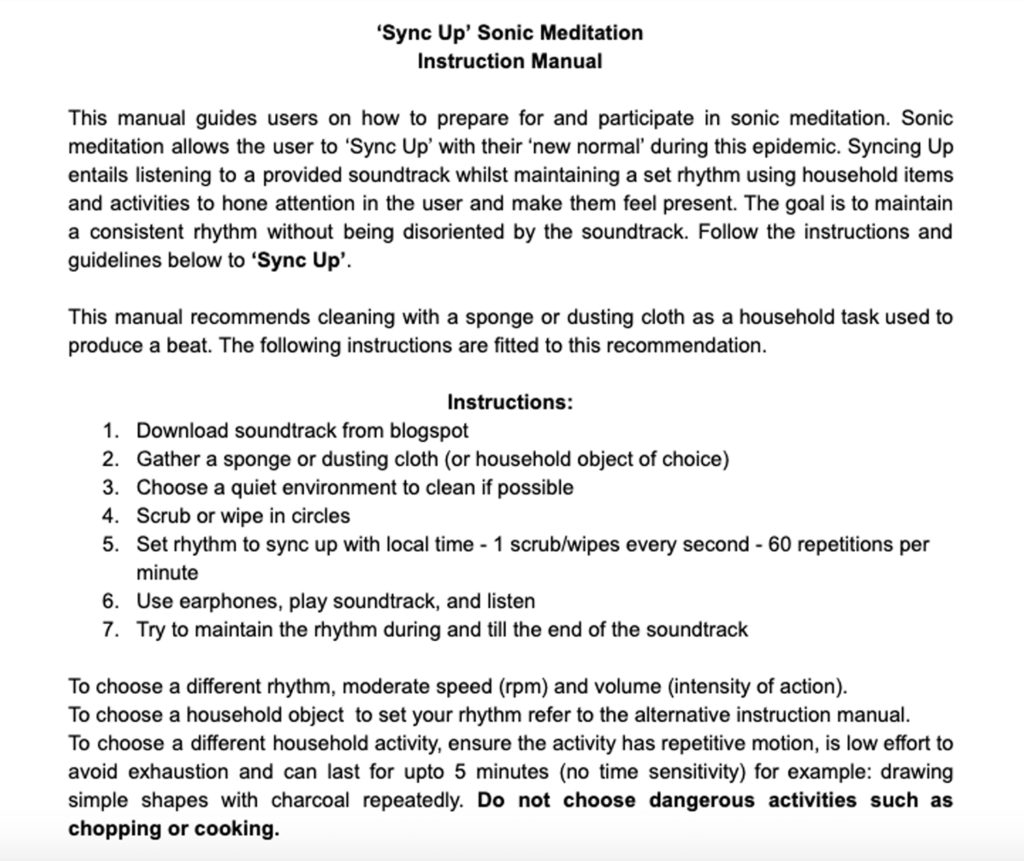
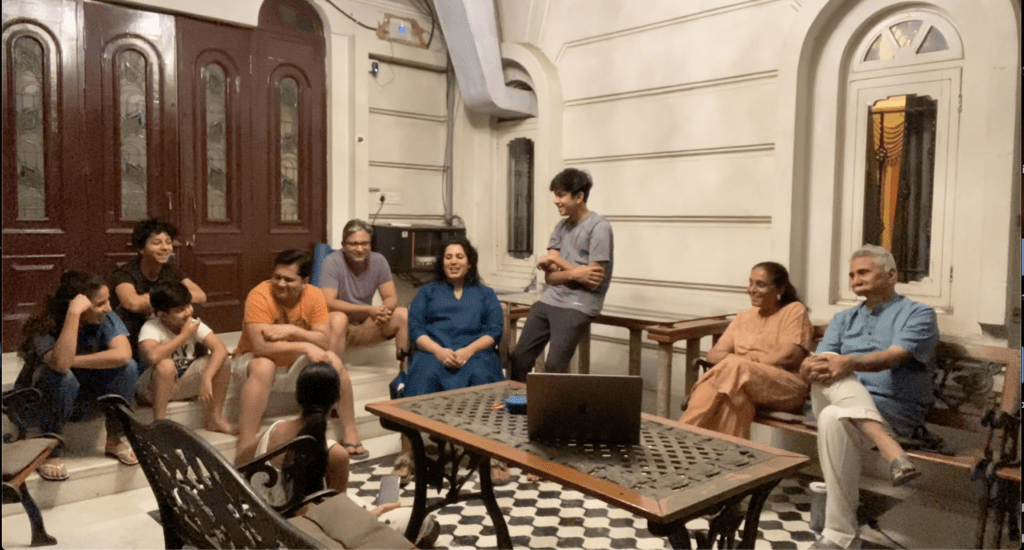

Responses